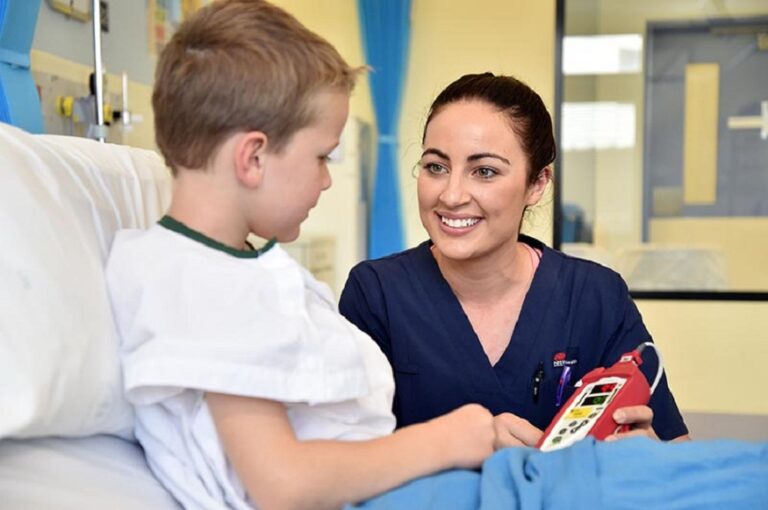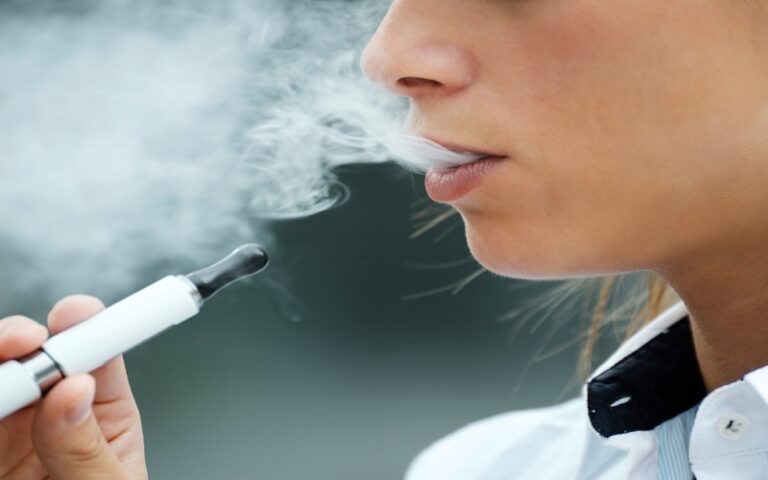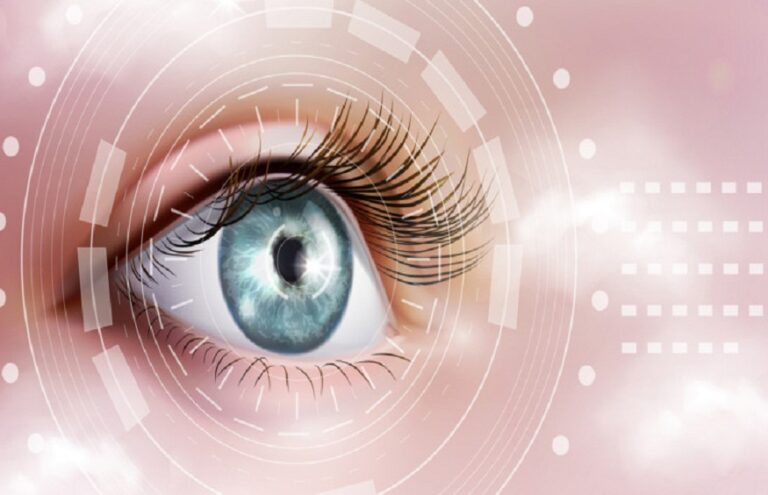Accurate measurement of pupil size is a cornerstone of neurological diagnostics. In clinical settings, precision in pupil measurement is essential for diagnosing and monitoring neurological conditions. For a reputed medical appliance producer, understanding the intricacies of pupillary size measurement and utilizing advanced tools is crucial. This blog explores the methodologies and tools for accurate pupil measurement, emphasizing their importance in clinical practice.
The Significance of Pupil Measurement in Neurological Diagnostics
Pupil size and reactivity provide critical insights into a patient’s neurological health. Variations in pupil size can indicate a range of neurological conditions, including brain injury, increased intracranial pressure, or other central nervous system disorders. Accurate pupil measurement is therefore fundamental for effective diagnosis and subsequent treatment planning.
Advanced Tools for Precision in Pupil Measurement
The evolution of technology has greatly enhanced the accuracy of pupil size measurement. For a medical appliance producer, it’s essential to be aware of and utilize advanced tools that provide precise and reliable data:
Digital Pupillometers: These sophisticated devices represent a significant advancement over traditional manual methods. Digital pupillometers use high-resolution imaging to measure pupil diameter with exceptional precision. They offer automated readings that reduce human error and provide consistent results, crucial for high-stakes diagnostics.
Neurological Pupil Index (NPI): The NPI is a cutting-edge tool that goes beyond simple pupillary size measurement. By analyzing pupil reactivity through advanced algorithms, the NPI offers a comprehensive assessment of neurological function. This tool is particularly valuable for monitoring patients over time and assessing the impact of neurological conditions with greater detail.
Conducting a Comprehensive Pupil Exam
For a reputable medical appliance producer, it is important to emphasize the correct procedure for conducting a pupil exam to ensure accuracy and reliability:
Preparation and Calibration: Ensure that all measurement tools are calibrated according to the manufacturer’s specifications. Consistent calibration is vital for maintaining accuracy over time.
Consistent Conditions: Conduct pupil measurements in a controlled environment with consistent lighting conditions. Variations in lighting can affect pupil size and reactivity, leading to inconsistent results.
Using Measurement Tools: Follow the manufacturer’s guidelines for using digital pupillometers and NPI devices. Proper usage is critical for obtaining accurate measurements. For digital pupillometers, align the device according to its instructions and ensure proper focus and positioning.
Data Analysis and Interpretation: Once measurements are obtained with the neurological tools, analyze the data in the context of the patient’s overall neurological condition. Use the insights gained from tools like the NPI to provide a comprehensive assessment of pupil function.
Best Practices for Accurate Pupil Measurement
To uphold the highest standards in clinical diagnostics, adhere to these best practices:
Regular Calibration: Regularly calibrate all measurement devices to ensure ongoing accuracy. This practice minimizes errors and maintains the reliability of diagnostic tools.
Standardized Protocols: Implement standardized protocols for pupil measurement to ensure consistency across different clinical settings. This includes using the same measurement tools and procedures for each assessment.
Training and Expertise: Ensure that all personnel involved in pupil measurement are thoroughly trained in using the equipment and interpreting results. Expertise in these areas is essential for obtaining accurate and meaningful data.
Embracing Technological Advancements
The integration of cutting-edge technologies in pupil measurement is reshaping neurological diagnostics. As medical appliance producers, staying at the forefront of these advancements ensures that healthcare professionals have access to the most accurate and reliable tools. Embracing innovations like the Neurological Pupil Index (NPI) not only enhances diagnostic precision but also supports personalized patient care by offering detailed insights into neurological function. Accurate pupil measurement is not just a technical necessity but a critical component of exceptional medical practice.
Conclusion
Precise measurement of pupil size is indispensable. Adhering to best practices and maintaining high standards in equipment calibration and training will ensure that pupil measurements are reliable and informative, supporting effective clinical decision-making and patient care.













+ There are no comments
Add yours